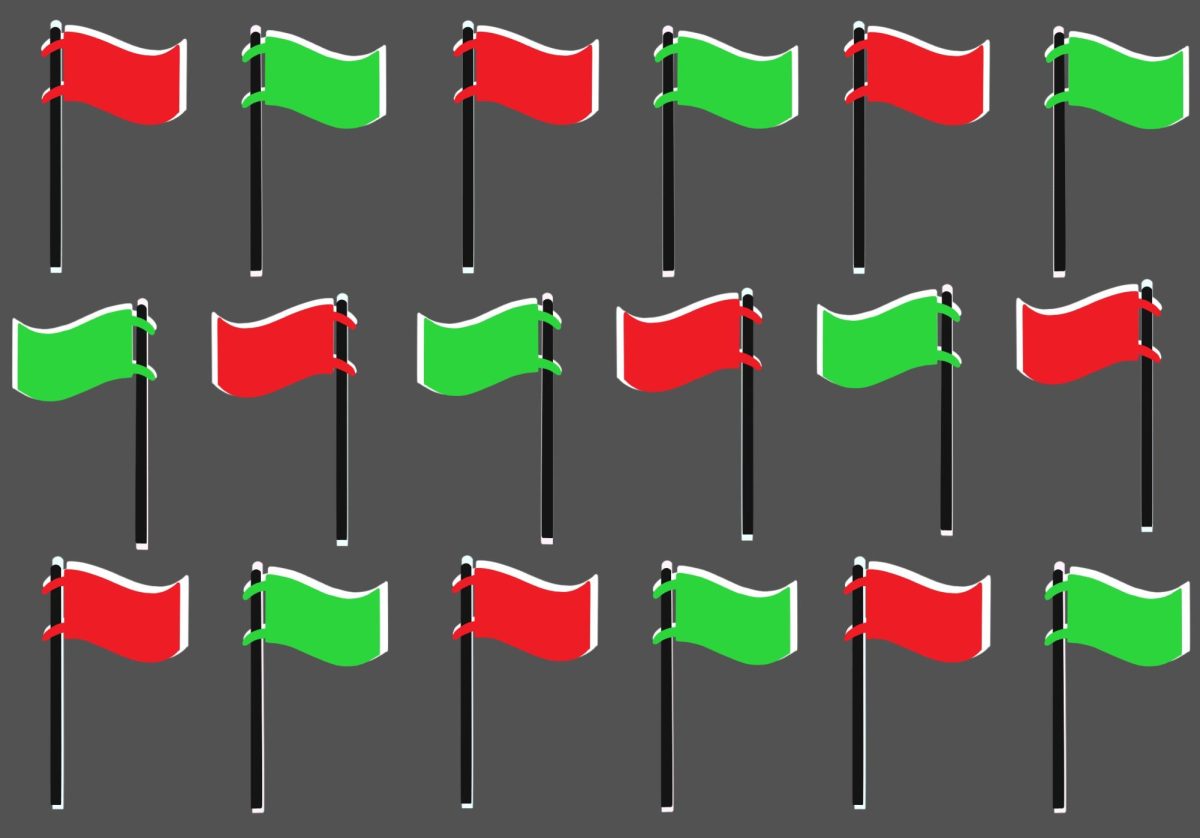Just what does the dawn of August mean to performance artists in Minneapolis? It certainly doesn’t evoke the halcyon month of holiday that millions of Europeans flock to the south of their countries for.
No ma’am, summer’s last month of Gregorian glory means one thing and one thing only to Twin Cities theater: Fringe.
Case in point: the Minnesota Fringe Festival, the largest open performing arts festival in the United States.
As a matter of fact, if you wanted to find a longer proverbial night at the old Apollo – theater-style – in the totality of human endeavor, you’d have to traipse across oceans.
Of course, there’s the ultimate destination – the Edinburgh International Festival in the artichoke’s heart of Scotland, which saw its first run in 1947 and now rakes in more than a million ticket sales every year. Second in command ranks Australia’s circus-tinged Adelaide Fringe, and close behind is Canada’s Edmonton International Fringe, which runs for more than three summer months and makes more tracks across the land of Canucks than a fleet of Mounties with ants in their pants.
But really, what in the holy hell is this “fringe” overload that takes over the arts weeklies for two weeks every year? What does “fringe” even mean? “To fringe, or not to fringe,” perhaps?
It’s not a concept that’s been cut in quartz, but if you needed a definition in order to live and eat, you’d rest easy knowing it usually has to do with a few hundred self-styled “seasoned amateurs” trying like hell to condense years of training (or lack thereof) into one hour of their own theatrical visions and aspirations.
Every spring, the Fringe Festival rifles through hundreds of applications and picks about 150 shows to put on an A-list of the Twin Cities’ wide world of stages, from the gilded tapestry of the Tony-winning Theatre de la Jeune Lune to the rough-hewn, pipe-dripping cafes-that-could, such as the Acadia.
New on the grocery list this year is the University’s own Rarig Center, which has offered its four stages to the festival this summer.
All told, the Fringe is live and in-your-face at more than two dozen venues for more than two weeks, with each production benefiting from the hefty PR firepower provided by the festival’s administrative genius (they done know how to work a press packet, baby girl) and its comprehensive Web site, www.fringefestival.org.
It amounts to an opportunity that any theater student with half a wit (or less, in some unfortunate cases) just can’t pass up.
“The Fringe is a great launching platform for fledgling theater companies to gain buzz and really make a name for themselves,” said recent theater arts graduate and Fringe-featured playwright Nick Ryan.
“The fee may be $400, but in exchange the Fringe gives you more than enough tools to get all that money back, and more. Ö It’s a lot of bang for your buck.”
Ryan’s show, the comically cosmic hell-raiser “Deviled Eggs” (showing on the Thrust stage at this summer’s Fringe), is a perfect example of this festival’s golden-goose role as a local arts kingmaker.
“It’s a great way to start figuring out what you want to do in theater – and, if you’re already well-established, it’s a rare venue to do what you love,” chimes in fellow alum Jason Ballweber, the director of Ryan’s show.
“It’s also a tremendous time for the audience to see what’s going on around the city, because there are always plenty of up-and-coming theaters that are doing shows at the Fringe.”
Glory, Fringe. Rave on, Rarig. Go forth, reader.
Adri Mehra welcomes comments at [email protected].







